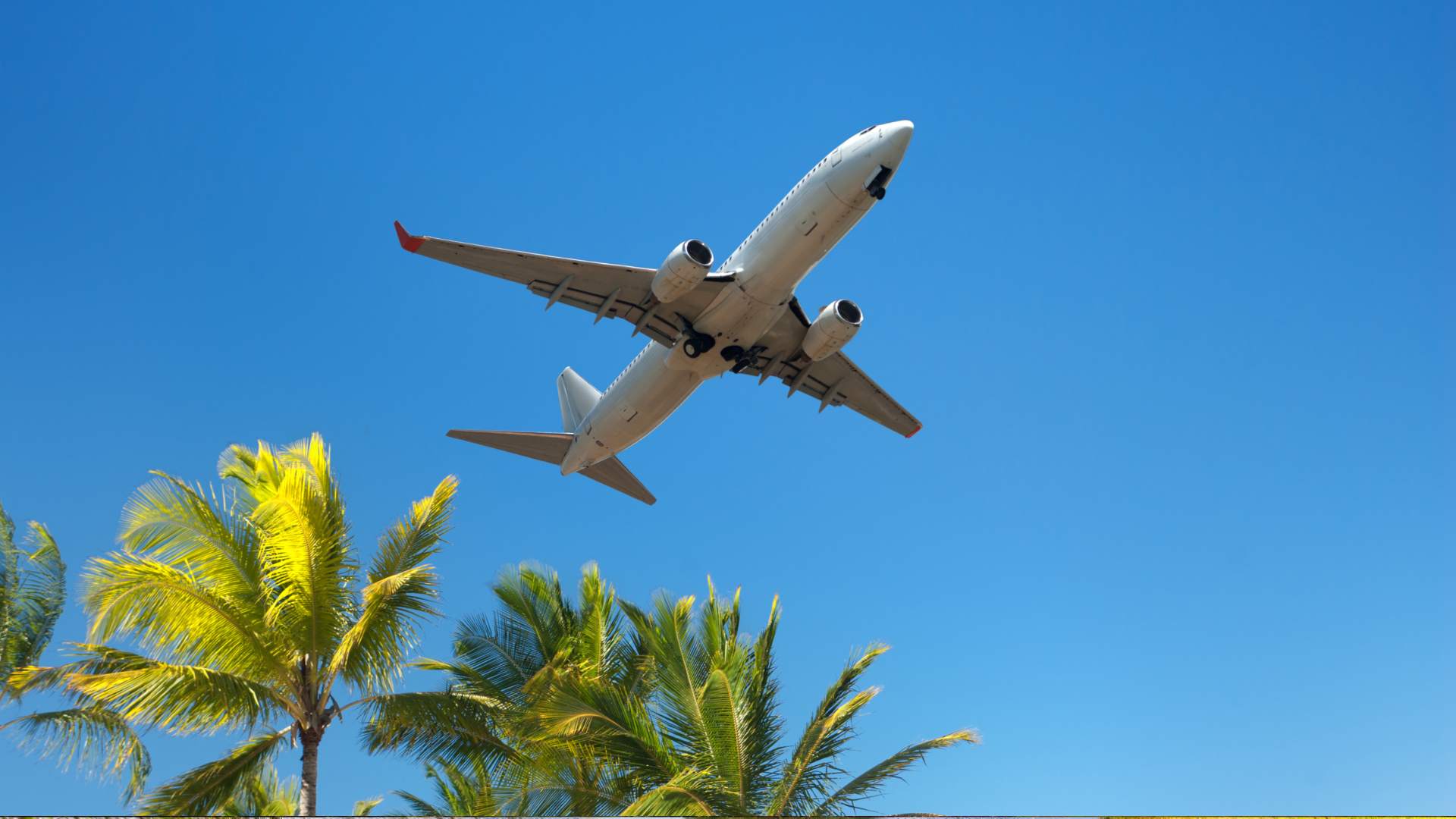
10 facts about airplanes that will probably surprise you
As commonplace as airplanes have become in this day and age, these 10 facts about them might just surprise you! Take a look…

Air travel is often filled with fascinating details that go unnoticed by most passengers. From high-tech engineering to surprising safety features, airplanes are designed with precision and care to ensure every flight is safe and efficient. Here are ten facts that just might surprise you…
1. Planes are designed to withstand lightning strikes
Aircraft are struck by lightning approximately once every 1 000 flight hours, yet they are designed to handle it. Planes are built with special materials and structures that allow lightning to safely pass around the exterior without damaging critical systems.
2. Oxygen masks only last about 15 minutes
In the event of a cabin pressure drop, the oxygen masks you put on deliver oxygen for just 12 to 15 minutes. This is enough time for the plane to descend to a lower altitude where passengers can breathe normally.
3. The airplane door can’t be opened mid-flight
It’s physically impossible to open the airplane door during flight. The cabin is pressurized, so the difference between the inside pressure and outside air pressure makes it impossible for even the strongest person to open the door at cruising altitude.
4. Most pilots don’t eat the same food as passengers
To reduce the risk of food poisoning, pilots typically eat meals that are different from the passengers and even from each other. This is a precautionary measure to ensure that at least one pilot remains unaffected if there’s an issue with the food.
5. Airplane tyres won’t burst on landing
Aircraft tyres are built to handle extreme conditions. They are inflated to about 200 psi, which is six times more than the pressure in car tyres. Plus, airplane tyres can withstand loads of up to 38 tons and multiple landings without needing to be replaced.
6. The cleanest air in the cabin is at the front
The airflow in most planes is designed to move from the front of the cabin to the back. This means that, generally speaking, the cleanest air in the cabin is near the front, which is why first-class passengers benefit from slightly better air quality.
7. Airplane paint adds serious weight
A typical coat of paint on a commercial airliner can add between 226 and 544 kgs to its weight. This is why airlines sometimes strip paint or use light coatings to save on fuel.
8. The temperature is kept low to prevent fainting
Cabin temperatures are deliberately kept cool because research has shown that warm cabin conditions increase the risk of passengers fainting. Cooler air helps maintain a better balance between oxygen levels and body temperature.
9. Most airplanes can glide without engines
If both engines fail, commercial airplanes can still glide for a significant distance. For example, a Boeing 747 can glide about 160km from an altitude of 30 000 feet without engine power.
10. There’s a reason why the lights dim before landing
The cabin lights are dimmed before takeoff and landing so that passengers’ eyes can adjust to the darkness. In the event of an emergency evacuation, this adjustment helps passengers see better in low light or dark conditions.